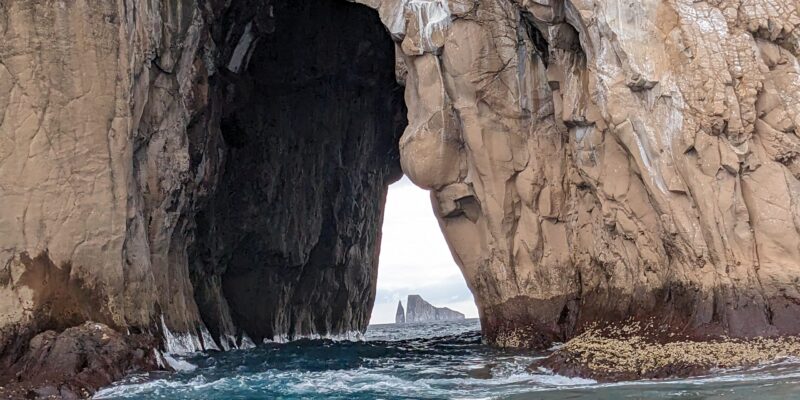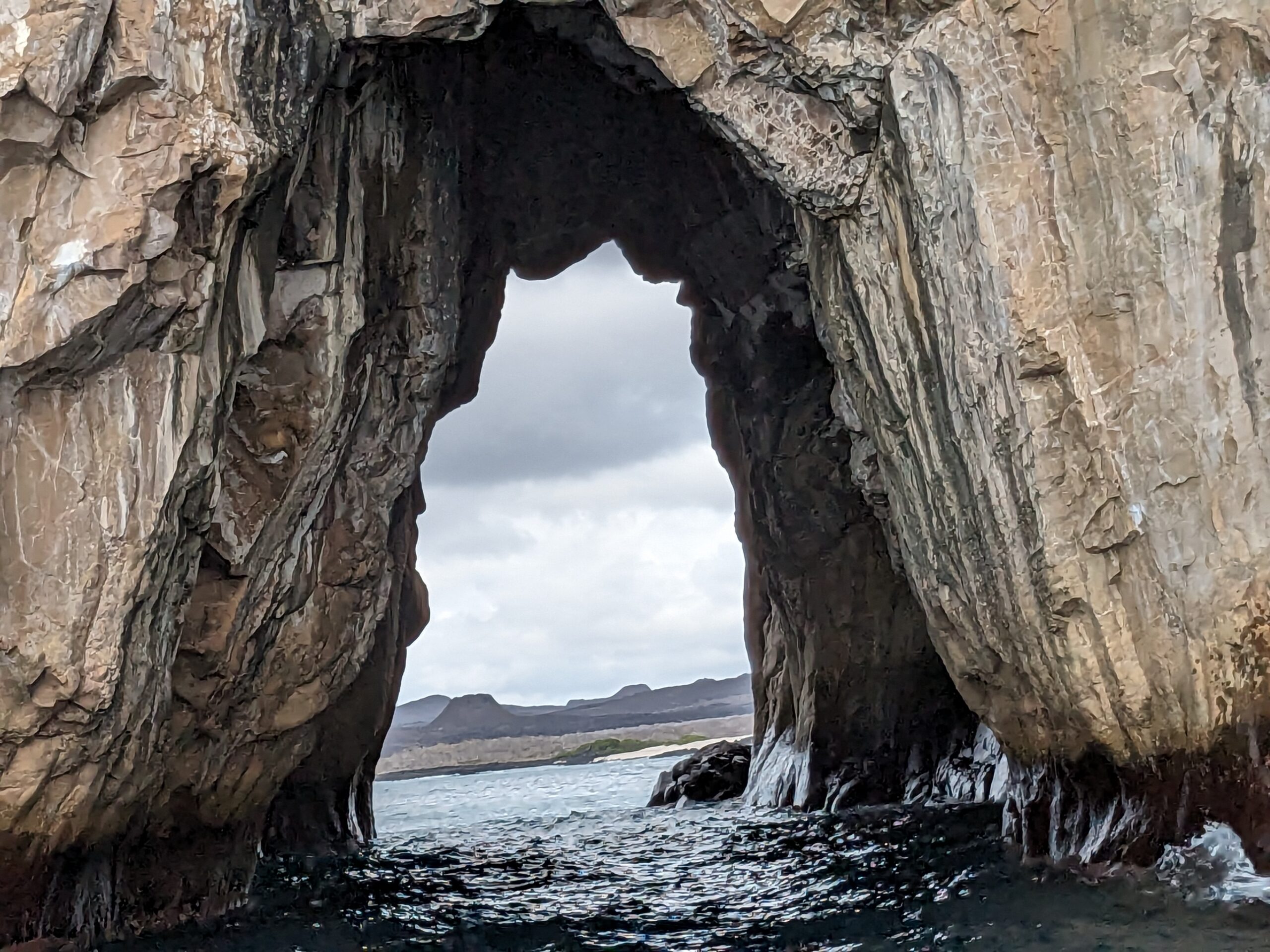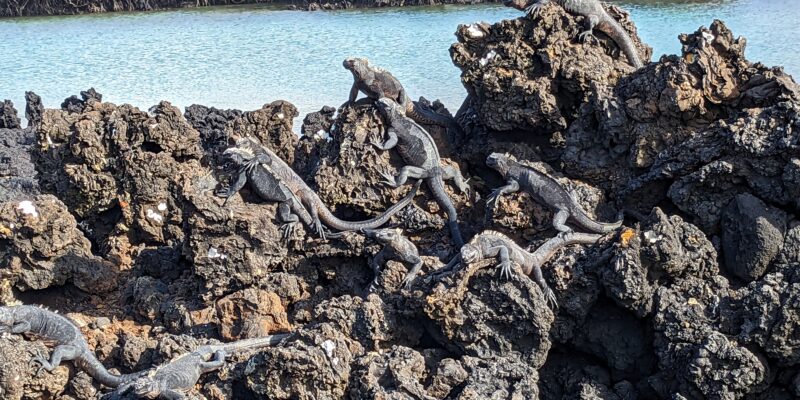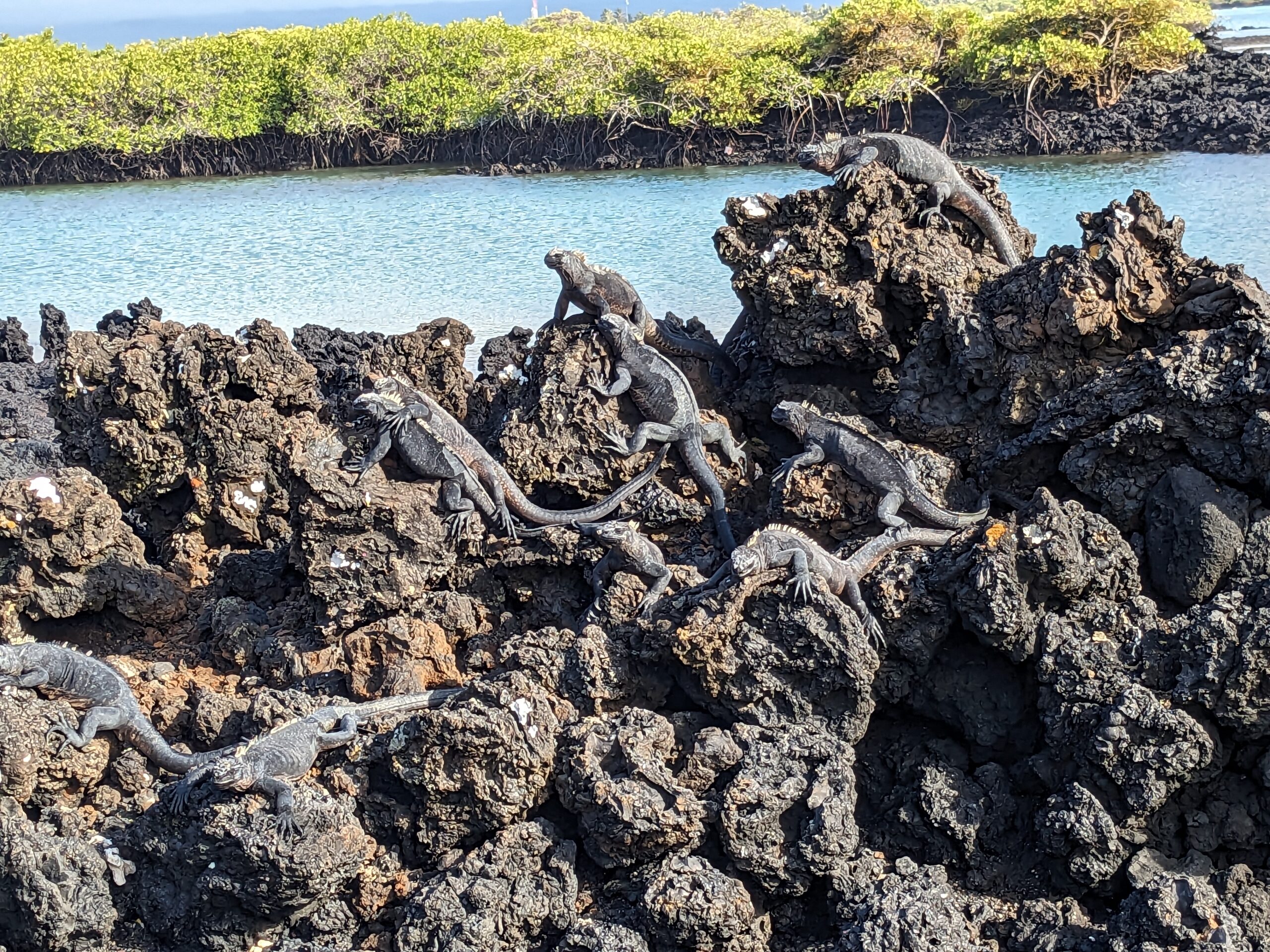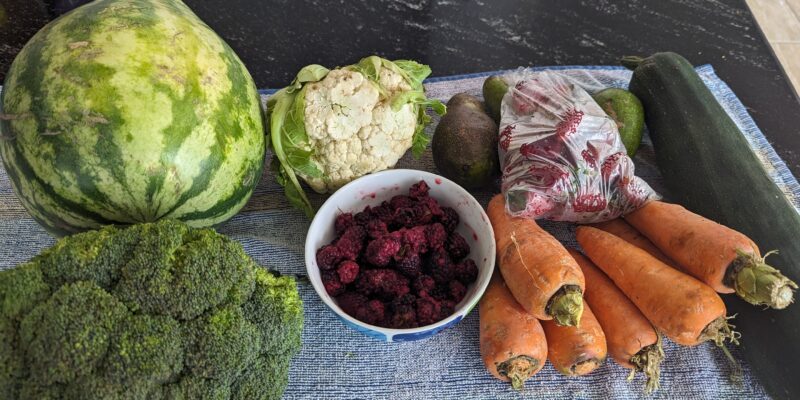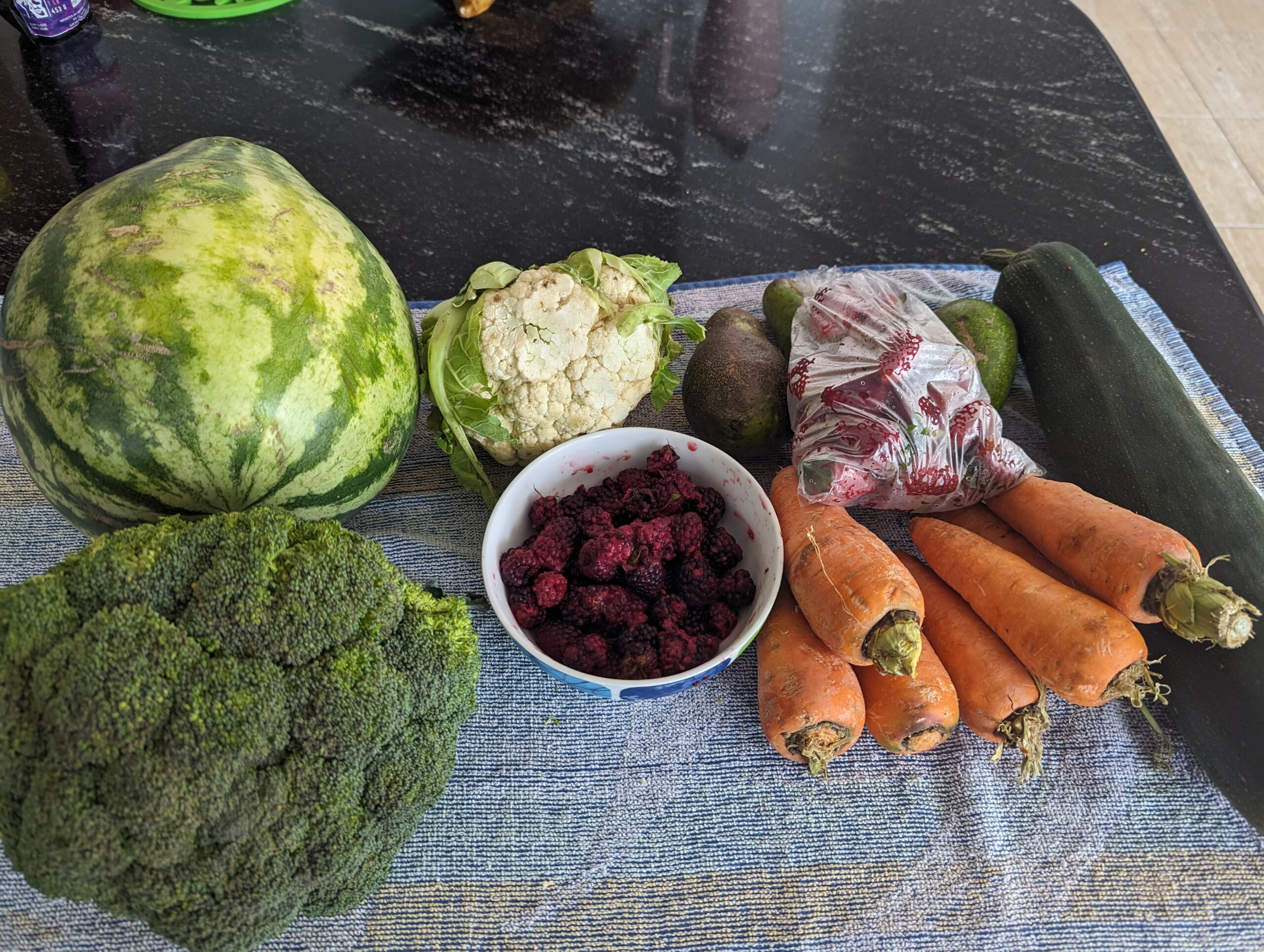
It’s time for an update on my weight loss. But first, let me tell you about Tom! Since we left Minnesota and he stopped eating doughnut holes and bananas from breakfast at the restaurant at the hotel in Eden Prairie, he’s lost almost 20 pounds (9 kg). On the Galapagos cruise, he was careful with portion control and didn’t eat junk, bread, and excess sweets, although he usually ate a small dessert after dinner each night.
Since we’ve been in Ecuador with limited groceries other than items for breakfast and dinner, he’s been eating two pieces of toast with strawberry jam he’s been able to purchase at the little store down the road, plus a good-sized portion of watermelon each day. Even with that, he’s continued to lose weight and right now is at his slimmest when we first arrived in Belize almost 11 years ago.
For us, weight is about health, well-being, and, of course, being able to fit into our clothes. For me, the past few years, that’s been an issue. When I began recovering from open heart surgery in 2019, I started gaining weight from all the heart medications I was on. By the time I got off of all those drugs, about four months later, I was carrying an extra 20 pounds on me.

Few of my clothes fit, and when I had an opportunity to purchase clothes online, I went from a size small to a large. No longer could I wear my jeans and most of my tee shirts when I had a “muffin top” hanging over the sides. That part was about vanity for me. I never liked that look on me. I started buying loose-fitting tops to hide my excess weight.
I tried losing weight in the past four years on many occasions but never had any luck. I’d lose a few kilos and then gain it right back, thinking I could eat as much as I did over 11 years ago, and that was not the case. Sure, I continued to eat the low-carb way, but let’s face it, one can overeat in any way of eating. I was deluding myself that I could do otherwise.
Once the Afib started and I began doing tons of research on possible remedies, one fact I encountered over and over again was that as little as ten pounds overweight could increase the risk of Afib. That, not appearance or clothes fitting, was enough motivation for me to attack this with gusto, and I have done just that.
- So far, since November 1, when I began to cut back, I have lost 11 pounds (5 kg), with about 13 pounds (6 kg) more to go. By the end of this upcoming week, I will be halfway there. How am I doing it? Eggs, nonstarchy vegetables, a small portion of berries for breakfast, a small amount of cheese and chicken for lunch, and a dinner consisting of whatever protein source we have, with portion control in mind. I can eat all the nonstarchy vegetables I want.

Since small amounts of berries are okay on low-carb and are loaded with nutrients, I am especially enjoying these as a treat. We’ve been buying the vegetables, freshly picked berries, and watermelon from Raphael on Tuesdays and Fridays when he comes by around 6:00 pm with his truck filled with organic fruits and vegetables.
I decided to post about this today when I found it helps me stay motivated when I’ve shared it here. You know, accountability. I’ve tried this here in the past with less success, but improving the Afib is a massive motivator for me, much more than anything in the past.
Tonight, I am making a beef tenderloin stir fry with celery, onions, broccoli, green peppers, carrots, fresh garlic and ginger. The seasonings won’t be as flavorful without all the usual spices we have on hand, but we’ll make do and enjoy it anyway. Tom will have his dinner on a bed of rice, and I’ll have mine without the rice.
Previously, we only ate once or twice a day, but here we’ve added a light lunch, as mentioned above, which, right now, seems to work better for me since I get less hungry for dinner. I am committed and will stay on this course until I reach my goal, and then, I will add a little more protein and healthy fats to maintain it.
Be well.
Photo from ten years ago today, November 19, 2013:




